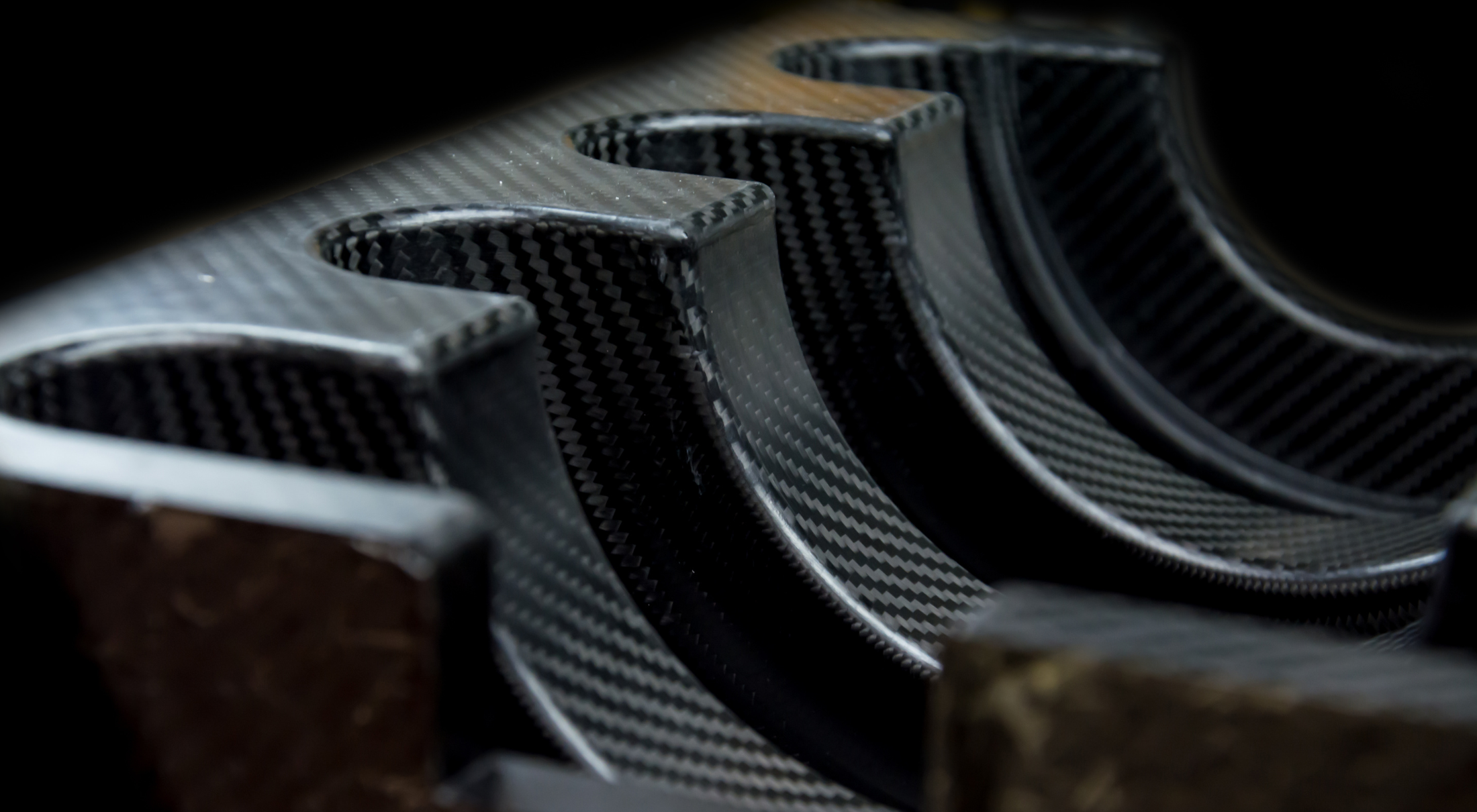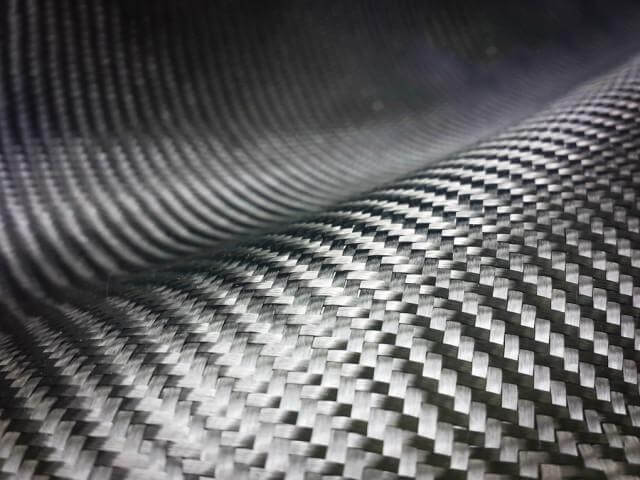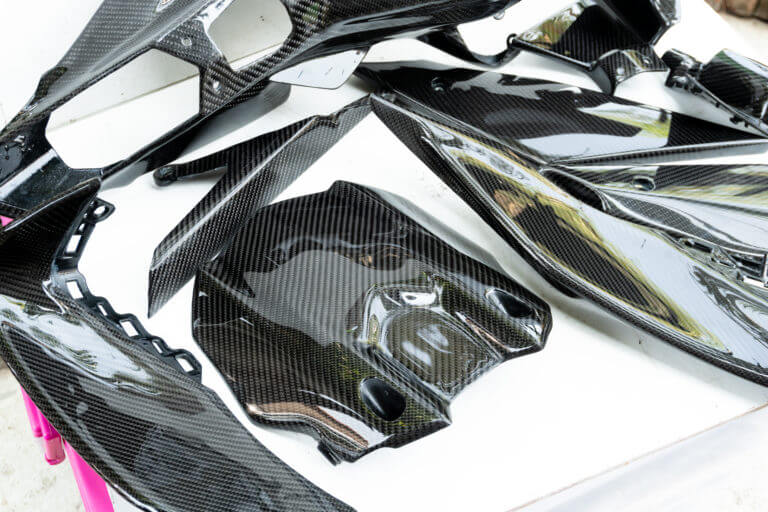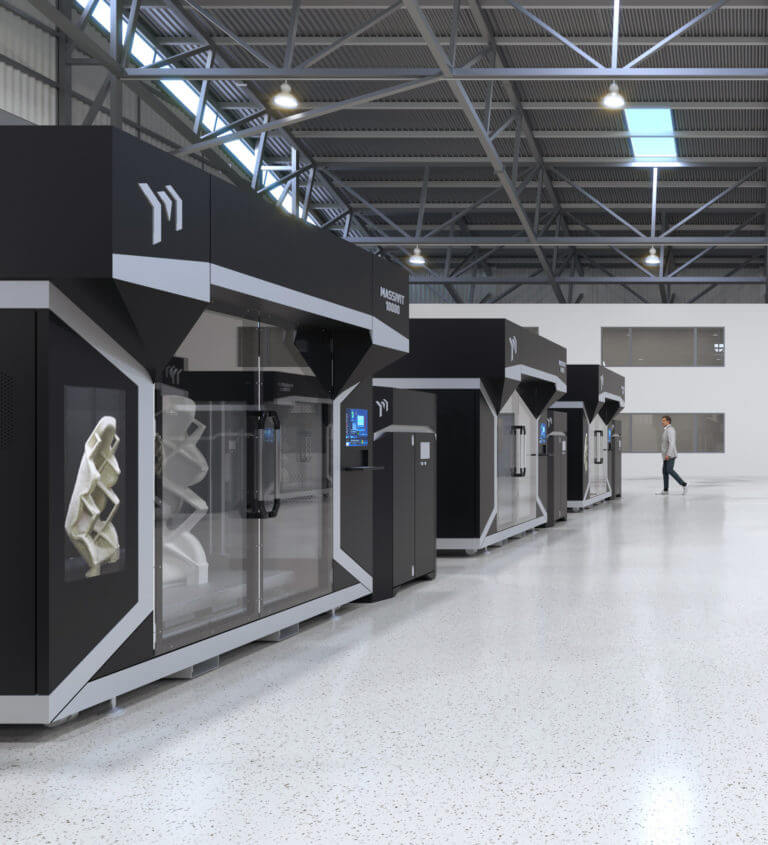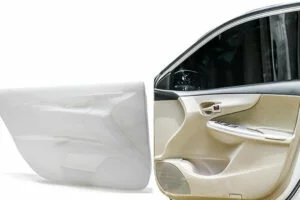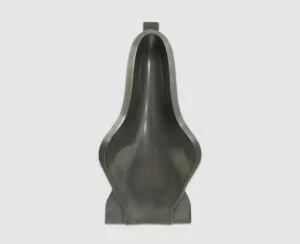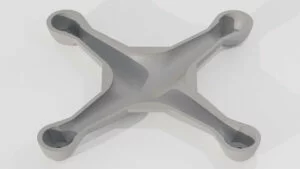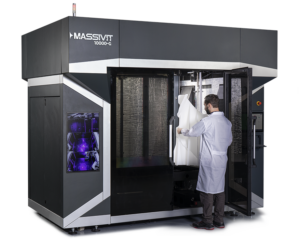No matter which industry you are in, you may have noticed an increase in references to “composite materials” over the past few decades. Indeed, many recent manufacturing breakthroughs have been made possible due to these seemingly-futuristic compounds, which might imply that this is all new technology.
Despite the major advancements in materials engineering, composite materials actually go back a long way.
Let’s crack open this topic and explore both the ancient history and the disruptive future of composite materials.
What Exactly are Composite Materials?
Composite materials are made up of two or more different materials that, when combined, create a material that is better than the sum of its parts. This new material has superior properties than each of the core materials – such as exceptional rigidity, weight, resistance, electrical conductivity, corrosion resistance, or other sought-after properties. For example, a material with high compression strength could be combined with a material with high tensile strength to form a composite that is stronger in all directions – like reinforced concrete!
These advanced materials are widely used in construction and infrastructure, marine and naval architecture, automotive bodywork and prototyping, and even aerospace applications. The materials are nearly always planned with a particular use or advantages in mind, such as water-tightness, added strength, increased efficiency, or better durability.
The (Literal) Building Blocks of Civilization
The origin of composites stretches back to the birthplace of civilization itself – the fertile crescent (modern-day Iraq). Ancient Mesopotamians realized that by gluing together pieces of wood with alternating grain patterns, they could create much stronger wood than a single piece of lumber, and plywood was born. Not long after that, they discovered that placing straw into the mud they used to make bricks had a similar impact on the durability and strength of the final product.
Ancient Egyptians also used these techniques to expand their empire, building bigger and higher than ever before. From building blocks to ornate pottery, from boats and barges to ceremonial death masks, the combination of multiple materials became incredibly widespread across these early societies.
Since these early civilizations, other empires have found new ways to apply composite construction to their advantage and have seen their innovations grow to quasi-legendary status. Greek and Roman architecture would not have been possible without concrete, a composite of sand, gravel, and cement, among other reinforcing materials. The hordes of Mongolians that terrorized medieval empires across Asia did so with the benefit of composite bows.
Contemporary Composites
Today, composites are used in nearly everything, from your kitchen cabinets and bathtub to the stretches of deep space. Seriously – composite materials are found across the aerospace industry due to their combination of low-weight and high-strength properties. Synthetic resins and other chemical compounds have led to the development of a whole range of plastics with various properties.
Still, the use of fiber as a reinforcing agent has not gone away since those ancient bricks were laid. Carbon fiber was actually patented in the 1960s, and we haven’t stopped coming up with new applications for it since. Fiberglass also takes advantage of this, as its name implies – it’s essentially a mixture of plastic and glass fibers.
Though concrete has been around for thousands of years already, we’re still improving on it. Newer concretes include translucent concrete, which has optic fibers embedded in it that allow light to pass through, and absorbent concrete, which helps to mitigate the high risk of flooding associated with more traditional concrete and asphalt applications. Architects, civil engineers, and even artists are already finding new ways to improve our built environment with these next-gen materials.
Kevlar and carbon fiber are two terms that may bring to mind more militaristic applications, but again, they are found in more places than you would think. Kevlar itself is not a composite, but because it has an extremely high tensile strength, it is often combined with other materials to be used in airplanes, boats, bikes, protective clothing, and even footwear. Carbon fiber is also used across the aerospace, marine, automotive, and sports equipment industries because it is incredibly rigid yet light enough for kinetic applications where any added weight can have catastrophic effects.
Breaking the Composites Production Bottleneck
While the development of new composite materials is sure to continue to accelerate, production often runs into a troublesome and costly bottleneck. Creating products from composite materials typically means a mold or tool needs to be created, and from that the actual composite material-based items are produced. The problem the enormous composites industry, set to reach $144.5B by 2028, faces is the laborious process by which molds are currently made.
Breaking this bottleneck has required some outside-the-box thinking, combined with next-generation technology. Released in early 2022, the Massivit 10000 additive tooling system has established composite molding for the digital age. Massivit’s revolutionary Cast In Motion (CIM) technology smashes the 19-step production process currently used for composites mold production, and brings it down to just four. Using CIM, composite mold manufacturers could save up to 90% of their manual labor costs while shortening their production time by 80%.


